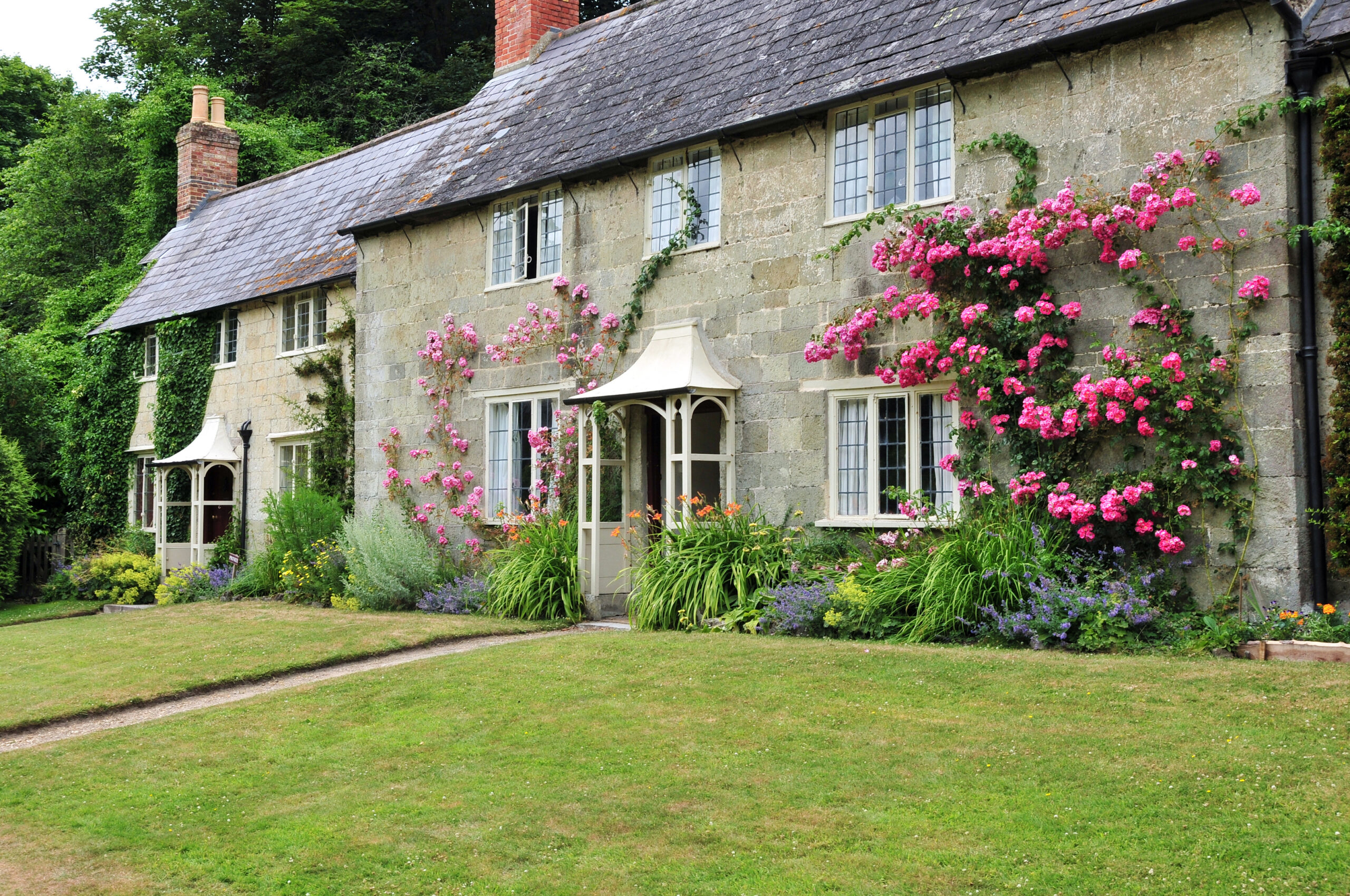
Spendthrift drawdown or frugal drawdown? Two different angles on the problem of misjudging how much to spend in retirement, when people are dependent on drawdown from their own capital, have surfaced recently.
Writing in FTMoney, Merryn Somerset Webb thinks they ‘mostly hoard it through a mixture of fear, confusion and excess frugality’. This is an important counter to what might be assumed to result from survey evidence from the Institute for Fiscal Studies, reported by the FT’s Jo Cumbo, that people significantly underestimate how long they are likely to live. That implies they will tend to overspend and may run out of money.
Based on our experience of advising drawdown clients, we think Merryn is right and that the errors in estimating longevity are a bit of a red herring. We find most people, even before doing any probability-informed planning with us, are very conscious of the tail risk of living to a very high age and are not fooled by the average for their age, whether they know it or not. But they also think about the chance of ill health which can occur much earlier and also last a long time.
Both risks, longevity and morbidity, are met efficiently for property owners (without the need for high specification of dates or amounts) by a contingency plan of downsizing, property sale or equity release. But whatever the trigger, as long as there is a contingency plan, their utility is better served by spending at a rate that does not require high confidence of sustainability at high longevity.
Even without errors in estimating how much to spend to meet required confidence of sustainability, and even without property as a contingency, longevity risk can still be dealt with later in retirement rather than at retirement. A late-stage annuity then acts like a stop-loss, triggered at the point where the capital remaining is just enough to buy an annuity to meet the tail risk of sustaining the minimum tolerable spending rate to a very high age. How early it is triggered is also a function of the actual payoff to the option of upside created by drawing initially at a rate that has a high certainty of being sustained without cuts (i.e. below the mean expected rate).
This serves as a useful reminder that success or failure in a drawdown plan is more likely to be about the chosen strategy for the rate of draw (consistent with the optionality created by the investment risk approach) than it is about longevity. If you think it through, in the late stages the capital remaining is likely to be held primarily in low-risk and short-duration investments (acting like a temporary annuity) so the potential for upside to meet the longevity risk is limited. Hence an actual annuity (even a level annuity introducing inflation risk) is likely to maximise spending from that point anyway, or soon after, even when not treated as a stop-loss.
The decisions affected by longevity estimation errors, which we would say are really just errors in trading off satisfaction from spending and required certainty of sustainability of spending, are in fact borne by heirs, if there are any. Spending at a rate that minimises the risk of running out without selling property places the heirs’ utility above or equal to the parents’ utility. Though this can describe preferences amongst the very old with heirs, it is not typically what they believe is best at a slightly earlier age. If they have no heirs, the longevity issue falls away anyway as they are likely to buy a late-stage annuity or do equity release. Consideration of capital efficiency for households almost always comes back to property!